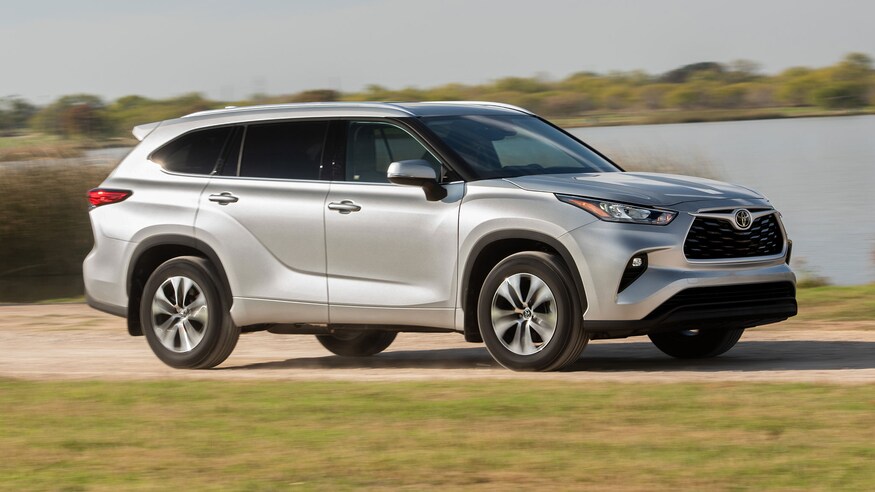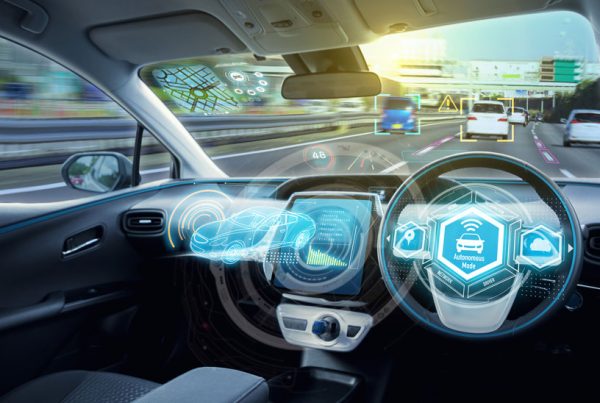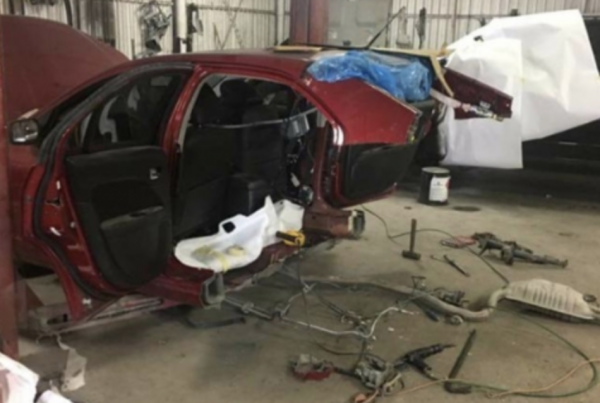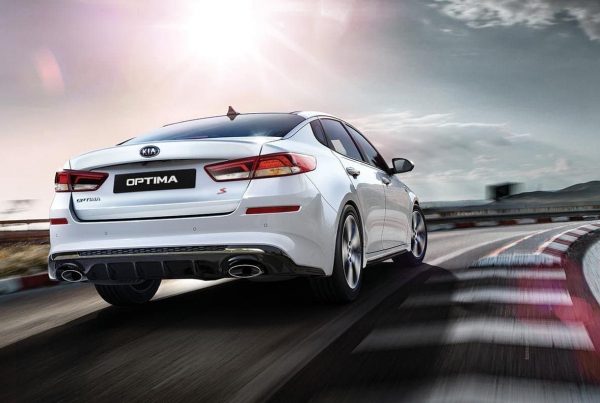When you take your car to a body shop, you would assume the technicians are constantly educating themselves on the latest repair procedures that car manufacturers like Toyota would have. Obviously, this would be a given if there were significant changes in the different model years, right? Unfortunately, most shops will often get straight to work on a repair and not take the time to look up these repair guidelines. Who pays the price? You do.
Manufacturers are constantly updating their repair guidelines to reflect the advancements and changes made to their cars. However, it’s up to the body shop and their repair technicians to stay current on the latest manufacturing guidelines for your vehicle. Not every auto body shop will do this, and as a result, you might get a repair that is out of date even just from one year to the next.
Every year, new models from all car brands are released showcasing modern additions and the latest safety technologies. Recently, the new 2020 Toyota Highlander since it has an entirely different unibody structure from the previous 2019 model. We at Rocco’s Collision Centers want Toyota owners in Pennsylvania owners to know what these changes are so you know what certain things mean in the repair process. This is also to inform you of certain mandatory parts of collision repair that absolutely can’t be minimized or brushed over. If repaired improperly, it won’t accommodate the extensive changes to the architecture in the 2020 model and your safety would be at risk.
Any technician can promise you they can “fix” your car and actually make it look like it’s never been in an accident. But what you need more than fixing is taking your vehicle to a Pennsylvania body shop that knows the different structural and auto body elements from the 2019 Toyota Highlander to the new 2020 model. This is just as important as knowing the difference between repairing steel materials or aluminum, as some cars like the Highlander might be a combination of both materials.
Repairing Steel vs. Aluminum:
Chances are, you may not realize there is a significant difference between repairing steel versus aluminum on cars. Sure, both metals can form into vehicle bodies, but that’s where the comparisons end. Aluminum reacts differently to heat, which is why it can’t weld like steel. The heated zone on an aluminum weld would be more significant than a steel weld.
Many body shops don’t realize if they performed an aluminum-based repair with the same materials they’d use for steel, it would lead to galvanic corrosion (rusting) in your car. You may not even realize it right away, but it’s for reasons like this why we are always looking up any changes in vehicles when a new model is released. Repairing aluminum requires specific knowledge and a separate clean room to protect your car from any potential contamination. This can be as little as microscopic airborne steel flakes. Clean rooms are the only way your aluminum-based Toyota should be repaired. Otherwise, galvanic corrosion will be inevitable.
What does this mean for Toyota Highlander owners?
The differences between the 2019 and 2020 Highlander is far more than the advancements in technology. The latest model is mostly composed of high-strength steel, but not entirely. Because the 2020 Highlander was manufactured the same way as the 2019 RAV-4 on the TGNA-K Platform, Toyota also said it has similar lightweight aluminum parts in the fenders, hood, and liftgate. This is why a technician must know which areas are steel and aluminum. Otherwise, as you read above, it can lead to damaging corrosion on your car.
Your repair could take longer than it should:
Like with most SUVs manufactured today, the Highlander is available in three different grades: L, LE, and XLE. The 2020 Highlander also has an optional towing package. According to Toyota, the towing package adds “a heavy-duty radiator with engine oil cooler and improved fan performance.” If a technician doesn’t pay attention to the specific model they are repairing, this can cause the repair on your car to take much longer than it needs to. They might order the wrong trim’s parts, and as a result, your repair is delayed.
Additionally, the glass on the Highlander provides “sound-damping and soundproofing materials” throughout the car. In order to achieve that quieter ride, Toyota uses a new configuration of specialized OEM glass. If your car requires glass repair of any capacity, technicians must use the same unique glass Toyota manufactured your car with. Otherwise, your car will have a whole new set of problems that weren’t there in the first place. A louder ride is only the beginning of any new problems. This is because your car’s windshield isn’t just glass, but is part of what creates the overall structural integrity of your car.
Why Choose Us
Here at Rocco’s Collision Center, we believe quality collision repair comes from being informed on the latest repair procedures manufacturers like Toyota tell us. We never take shortcuts in the repair process, because your safety should always be the number one priority. Any repair shop that gets right to work on the repair using their experience above what the manufacturer says is putting your life at risk.
We have several different locations across Philadelphia and Southern New Jersey. We invite you to see for yourself why Rocco’s is the best out there! Feel free to give us a call at anytime at (888)-9-ROCCOS. Or to schedule an appointment or to call any of our locations directly, click here.
We look forward to hearing from you!




